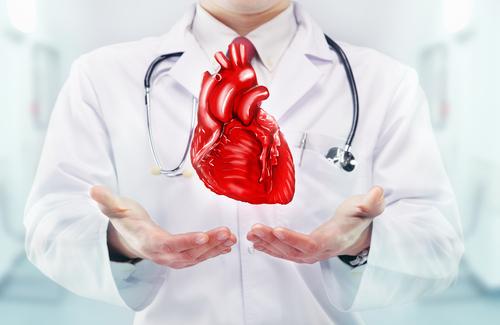
Heart: Brugada syndrome and the risk of arrhythmia
Brugada syndrome is a rare heart disease, a syndrome that can be fatal and is characterised by an alteration of the heart’s electrical system
It is named after the Brugada brothers who first described the syndrome in 1992
Patients with Brugada syndrome have an increased risk of ventricular arrhythmia and sudden death due to arrhythmia.
In most cases, therefore, the implantation of a small defibrillator is necessary to prevent the onset of cardiac arrhythmias.
It is estimated that there are five cases per ten thousand people worldwide.
Brugada syndrome is usually asymptomatic and is mainly diagnosed in adulthood.
It affects men in particular, and familiarity is also a risk factor.
DEFIBRILLATORS, VISIT THE EMD112 BOOTH AT EMERGENCY EXPO
Causes of Brugada syndrome
The heart is subject to ventricular arrhythmia in the presence of a structural or functional alteration of certain ion channels, structures present on the surface of heart cells.
This alteration can be traced to a genetic mutation.
Although several genes may be involved, the most commonly mutated (in about 3 out of 10 patients) is the SCN5A gene.
This gene provides the information needed to create the channel that carries positively charged sodium atoms into heart cells.
This channel is essential in maintaining a normal heart rhythm, and if it is altered in structure or function due to the genetic mutation, the influx of sodium atoms is reduced, resulting in an altered heart rhythm.
Drug use, hypercalcemia or hypokalemia have also been associated with the syndrome and the onset of symptoms in patients with a genetic mutation.
DEFIBRILLATORS OF EXCELLENCE IN THE WORLD: VISIT THE ZOLL BOOTH AT EMERGENCY EXPO
How is Brugada syndrome diagnosed?
The diagnosis is made by electrocardiogram (ECG), and confirmation comes in the presence of molecular alterations.
In the light of the indications provided by the electrocardiogram, it is necessary to exclude other causes that may lead to a similar electrocardiographic appearance; this can be detected in simple routine checks and in the case of screening.
Individuals with a family history of sudden death or patients who have had an episode of syncope should have an ECG, which may show a picture suggestive of the syndrome.
Although the syndrome is mostly asymptomatic, symptoms such as palpitations, irregular heartbeat, fainting and sudden cardiac arrest may occur at times: these are non-specific symptoms that may signal other cardiac problems and require further investigation.
Let’s not forget that a simple test such as an electrocardiogram can save lives,” the specialist emphasises.
How do you intervene?
Treatment depends on the risk of arrhythmia and in most cases involves implanting a defibrillator.
This small device monitors the heart’s rhythm and, when necessary, sends electric shocks to restore the correct rhythm.
In some cases, drug therapy may be indicated, again to prevent arrhythmia.
Read Also:
Head Up Tilt Test, How The Test That Investigates The Causes Of Vagal Syncope Works
Cardiac Syncope: What It Is, How It Is Diagnosed And Who It Affects
Cardiac Arrest Defeated By A Software? Brugada Syndrome Is Near To An End



